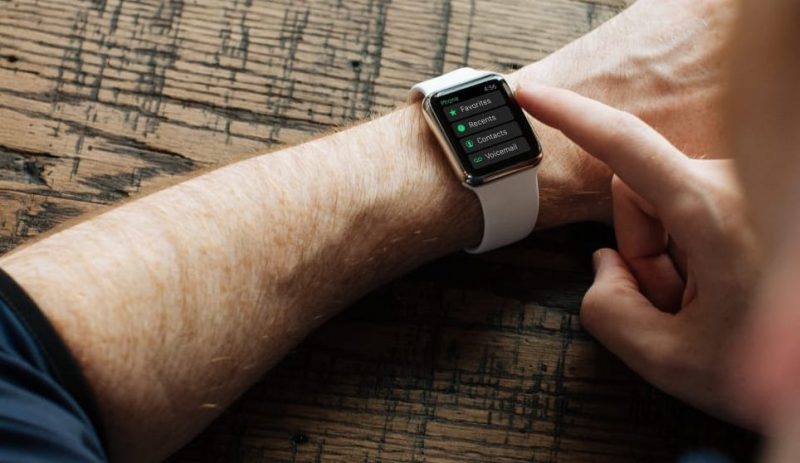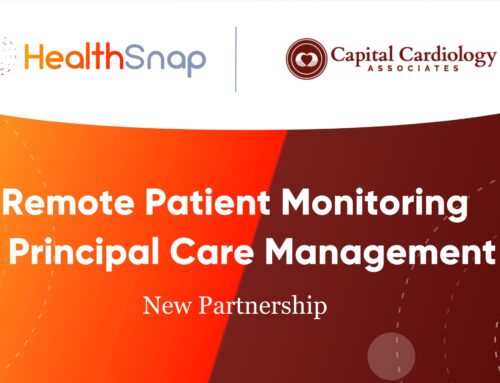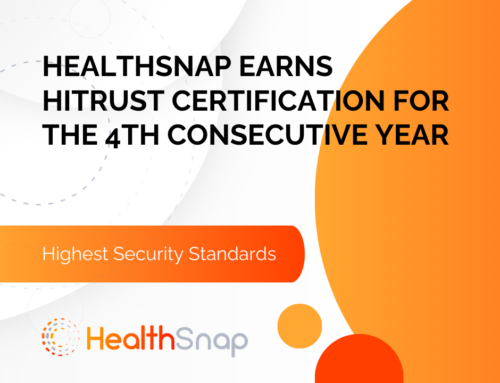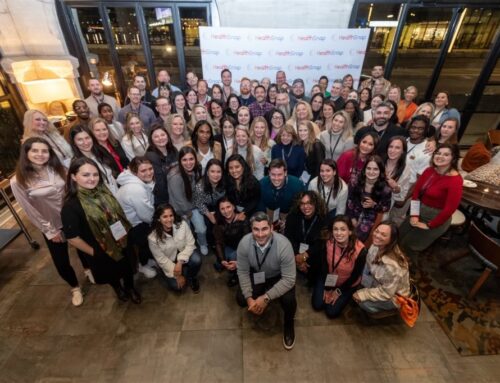United Healthcare made waves in early 2017 when it announced a new program, Motion, that would monetarily reward members for completing various health and wellness goals on their Fitbits. The program was innovative in both its use of technology and for its pay-for-performance incentive model. Now, more than two years later, another insurance company is pushing the envelope with a new tech-enabled incentive program—Medicare Advantage provider Devoted Health will begin subsidizing the cost of Apple Watches up to $150. With the cheapest Apple Watch now going for $199, this is an attractive proposition for Devoted’s members and an important new entry point into the aging market for Apple.
Wearable health devices were already gaining in popularity when United announced its Motion program and, although Apple does not provide sales numbers for senior citizens (or any other demographic), the AARP had already taken notice of the potential of wearable health technology as far back as 2015, writing that “[contrary] to what you see on TV, wristbands that harness big data to measure steps, calories, heartbeats and more aren’t only for the 20-something triathlete or yoga instructor. Consumers 50-plus care about achieving positive health and avoiding illness and see potential in using activity and sleep trackers toward these goals.” There are, of course, important barriers to widespread adoption of the Apple Watch (and other wearable devices) among aging consumers that must also be addressed.
Opportunities: Independence and Security
The opportunities for wearable technology for aging Americans are many—features like the Apple Watch’s fall detection and biometric monitoring (including their FDA-cleared atrial fibrillation detection algorithm) are promising examples of how a piece of wearable technology can prolong independence for seniors while also providing reassurance to family members and loved ones who may worry about their aging relatives who continue to live alone. Additionally, the Apple Watch’s voice-guided communication features can facilitate more frequent social communication with family and friends, decreasing social isolation and loneliness.
In the future, we expect WatchOS to become an increasingly important platform for developing innovative apps and services for older patients and consumers. From biometric monitoring, social apps to keep seniors connected, and clinical interventions delivered at the wrist, the Apple Watch will only become more central in this space as adoption continues to grow.
Barriers: Accessibility and Usability
Like any piece of technology, wearable technology faces critical barriers for adoption and use by aging Americans. As AARP noted in their 2015 report on wearable technology, “tapping this market’s full potential requires that usability challenges—such as discomfort and perceived inaccuracy of data syncing—be overcome first.” While issues of usability and accuracy have not been completely resolved, we are seeing noticeable improvements in these areas. Setup and pairing can still be challenging, but general usability has been greatly improved with Apple’s emphasis on Siri, their digital assistant, to allow users to interact with the device in a conversational manner that in many cases doesn’t require direct engagement with a relatively small screen.
A more urgent barrier remains accessibility to the device—while forward-thinking insurers like Devoted Health begin to offer subsidies to make the Apple Watch more affordable, it still requires an iPhone to setup and use. This leaves a significant percentage of seniors, particularly those using Android devices or older feature phones, without access to the most advanced wearable technology.
What’s Next?
The transformative potential of wearable technology for aging patients and consumers is already bearing fruit for early adopters. Technology is advancing faster than ever and we expect adoption among older Americans to keep pace or even exceed other segments of the market. Although making technology predictions is always challenging, we do expect to see three major shifts in the market that will catalyze adoption of wearable technology by aging Americans: (1) more advanced devices by Google and other non-Apple vendors that can be used without an iPhone, (2) drastic improvements to virtual voice assistants that allow for even more natural conversations between users and their devices, and (3) increased support by payors to make these devices financially accessible to those who can benefit from them the most.
Help your patients understand how their lifestyle impacts their health by encouraging them to use our data-driven lifestyle management platform. With HealthSnap, you can easily understand and remotely monitor your patients’ lifestyle health to make data-driven care decisions.










